The Food Label Must Indicate Whether The Product Contains Any Of The Most Common Food Allergens.
According to the Food Allergen Labeling and Consumer Protection Act FALCPA food products with the advisory statements such as may contain or manufactured in facility that process on a package are voluntary. It is sufficient for food allergens to be declared in the ingredients list.
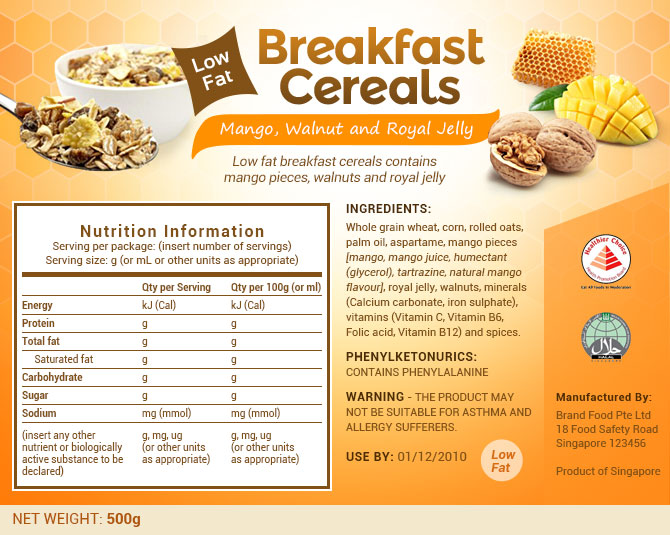 Understanding Food Nutrition Labels
Understanding Food Nutrition Labels
This Act requires the presence of the eight major food allergens which cause approximately 90 of hypersensitivity reactions to foods in any packaged food to be declared using a name that is recognizable to consumers.
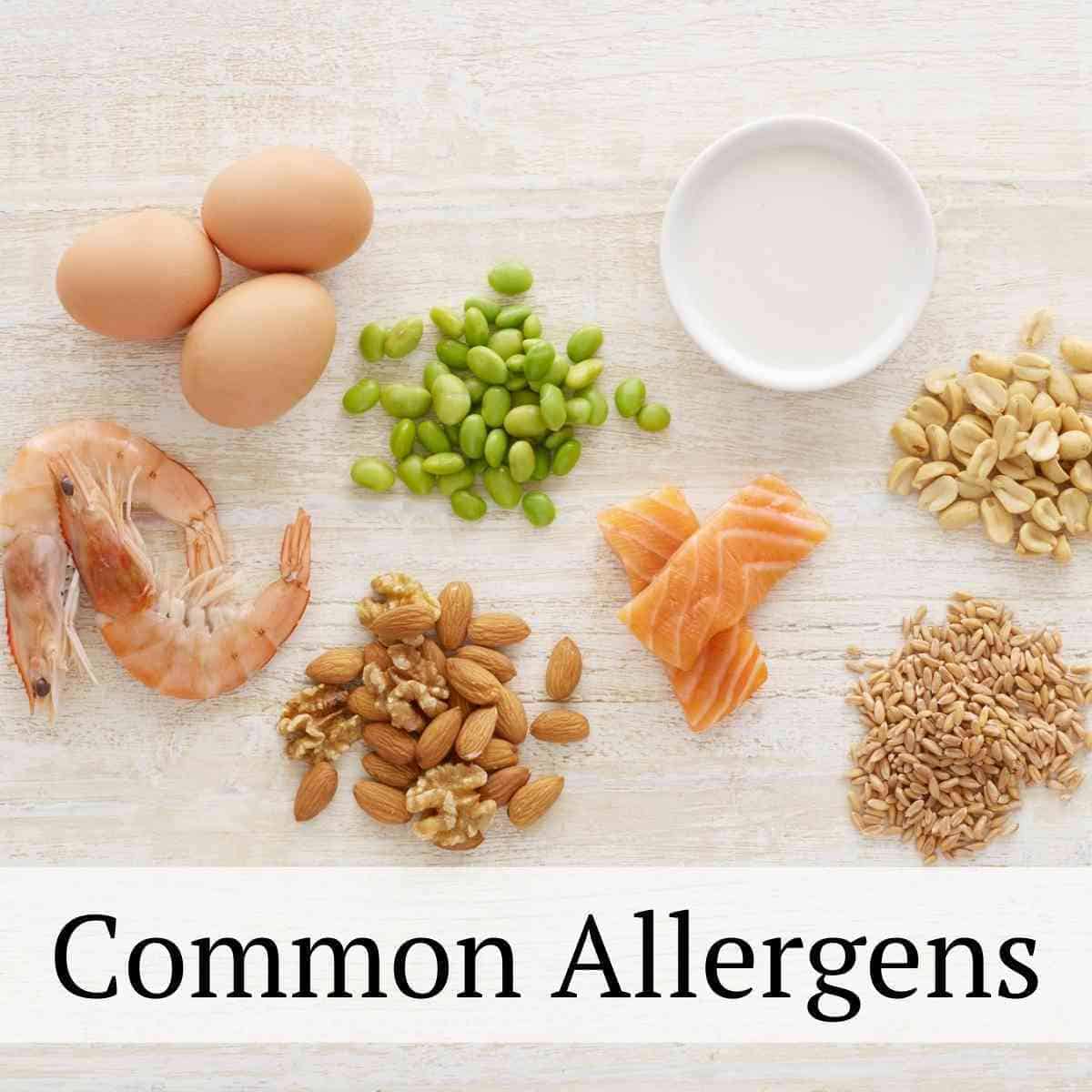
The food label must indicate whether the product contains any of the most common food allergens.. These statements are one in the same and manufacturers are not required to include these advisory. Food labeling laws require food allergens to be identified even in very small amounts but only when theyre contained as an ingredient. In addition foods containing more than 10mg sulphite preservativeskg must be labelled as containing sulphite as this is the level that may trigger asthma attacks in some asthmatics.
Always check the ingredients list every time you buy. May contain statements are completely voluntary and arent even a recommendation of the FDA. The EU for example has chosen to add celery mustard and sesame seeds and products thereof to the list of allergens which must appear on food labels.
Processing and preparing food as well as the food matrix may increase or decrease allergenicity. Read all product labels prior to the consumption of a new food product. Food labeling laws require food allergens to be identified even in very small amountsbut only when theyre contained as an ingredient.
While all ingredients in a food are supposed to be listed in the ingredients list FALCPA only covers the eight most common allergens. Note that molluscan shellfishsuch as oysters clams mussels or scallopsare not required to be labeled as a major allergen. The food label must indicate whether the product contains any of the most common food allergens.
If a label doesnt have a Contains statement it does not mean there are no food allergens in the product. Manufacturers arent required to. Fresh produce eggs fresh meat and certain highly refined oils dont require listing on labels.
Thats because a law known as the Food Allergen Labeling and Consumer Protection Act of 2004 FALCPA requires manufacturers to clearly list the eight most common food allergens on product labels. If the product contains any major allergens such as nuts peanuts cashews almonds walnuts etc shellfish fish eggs sesame seeds soybeans wheat gluten they must be declared on the label. These are milk egg peanut tree nuts soy wheat fish and crustacean shellfish.
Foods on their national list of foods and ingredients that must be declared on food labels. The law requires that food labels identify the food source of all major food allergens used to make the food. By law most food producers must specify if a product contains one of the top allergens.
But they do not have to state if a product might inadvertently come into contact with a top allergen during productions processes. If you have food allergiesespecially common allergies like peanuts and milkyou probably have noticed that food labels specifically list whether the foods in question contain any allergens. This requirement is met if the common or usual name of an ingredient already identifies.
Ii Information on request If you are interested in orderingbuying a meal or food. FALCPA requires that food labels identify the food source names of all major food allergens used to make the food. This requirement is met if the common or usual name of an ingredient eg.
 5 Things You Should Know About Food Labels Food Allergies Awareness Food Allergy Awareness Week Food Allergens
5 Things You Should Know About Food Labels Food Allergies Awareness Food Allergy Awareness Week Food Allergens
 36 Food Labels You Should Know News
36 Food Labels You Should Know News
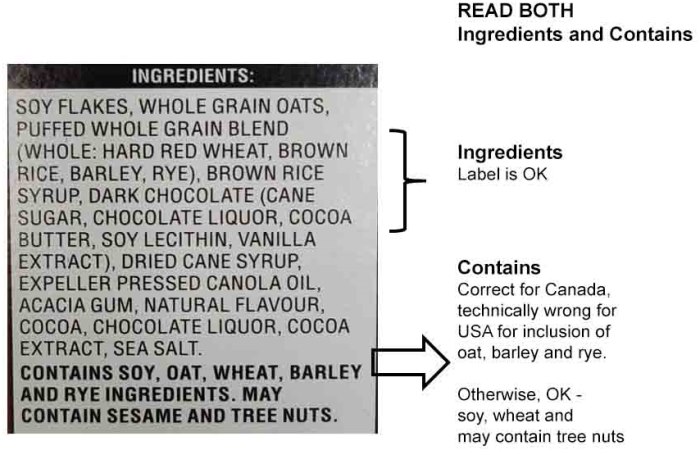 Food Labels Read It Before You Eat It
Food Labels Read It Before You Eat It
 Pdf Consumer Preferences For Food Allergen Labeling
Pdf Consumer Preferences For Food Allergen Labeling
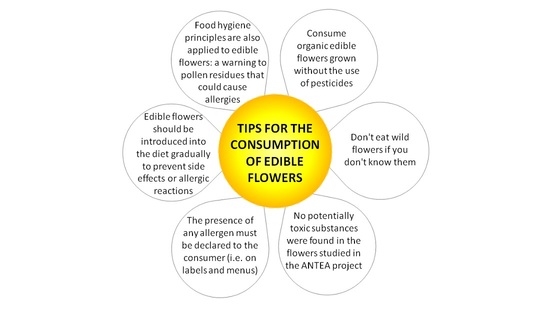 Sustainability Free Full Text A Snapshot On Food Allergies A Case Study On Edible Flowers Html
Sustainability Free Full Text A Snapshot On Food Allergies A Case Study On Edible Flowers Html
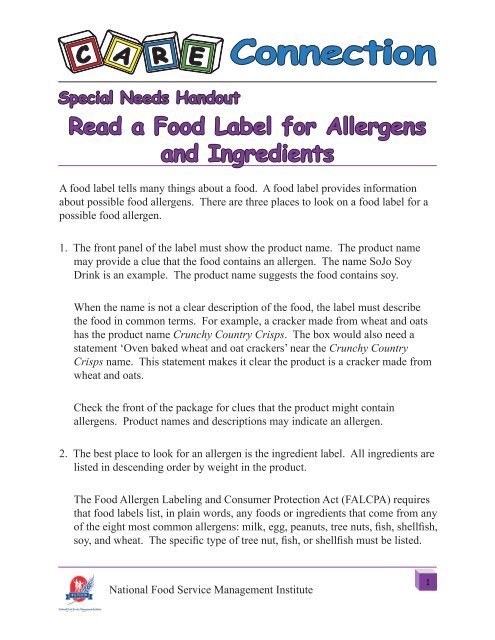 Read A Food Label For Allergens And Ingredients National Food
Read A Food Label For Allergens And Ingredients National Food
 Common Food Allergies And How To Manage Them Eating With Food Allergies
Common Food Allergies And How To Manage Them Eating With Food Allergies
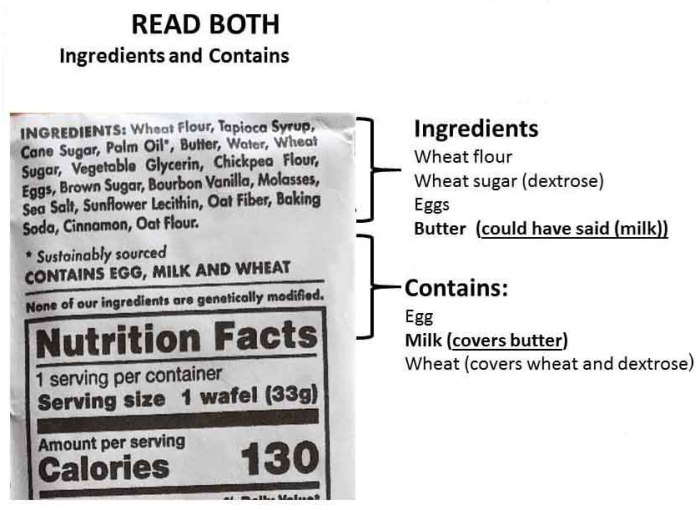 Food Labels Read It Before You Eat It
Food Labels Read It Before You Eat It
 New Nutrition Facts Label In 2020 Changes And What To Know
New Nutrition Facts Label In 2020 Changes And What To Know
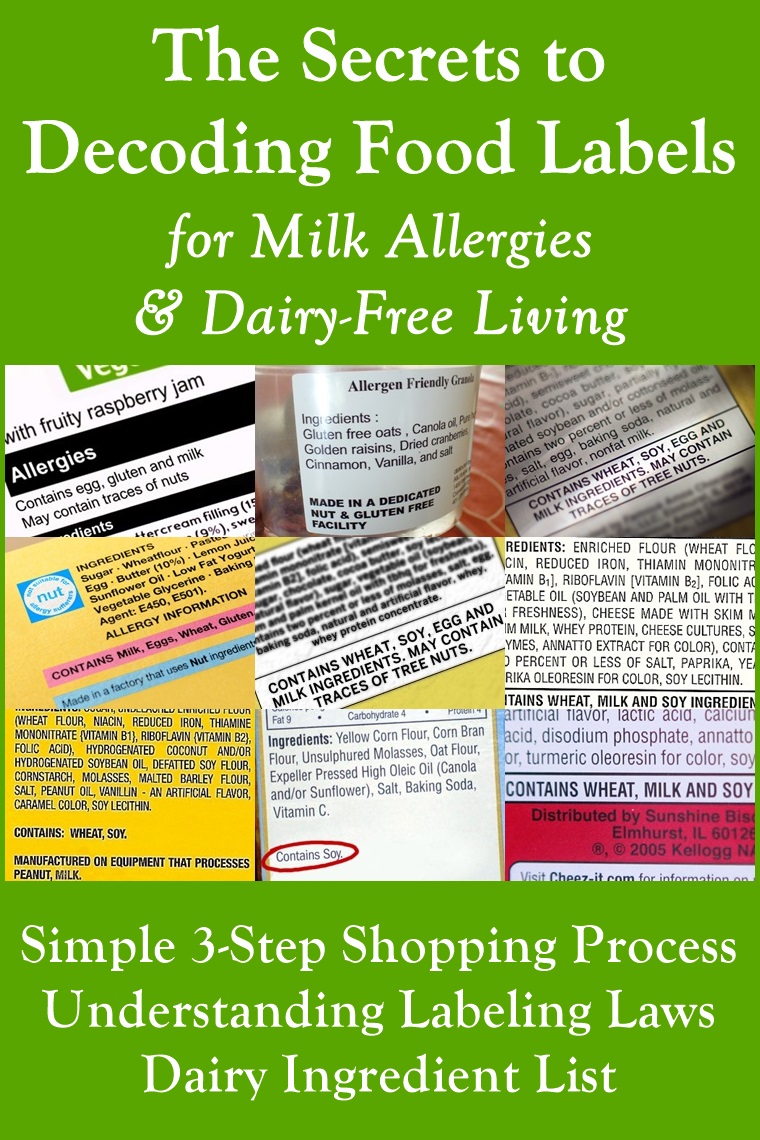 The Secrets To Decoding Food Labels For Dairy Free Living
The Secrets To Decoding Food Labels For Dairy Free Living
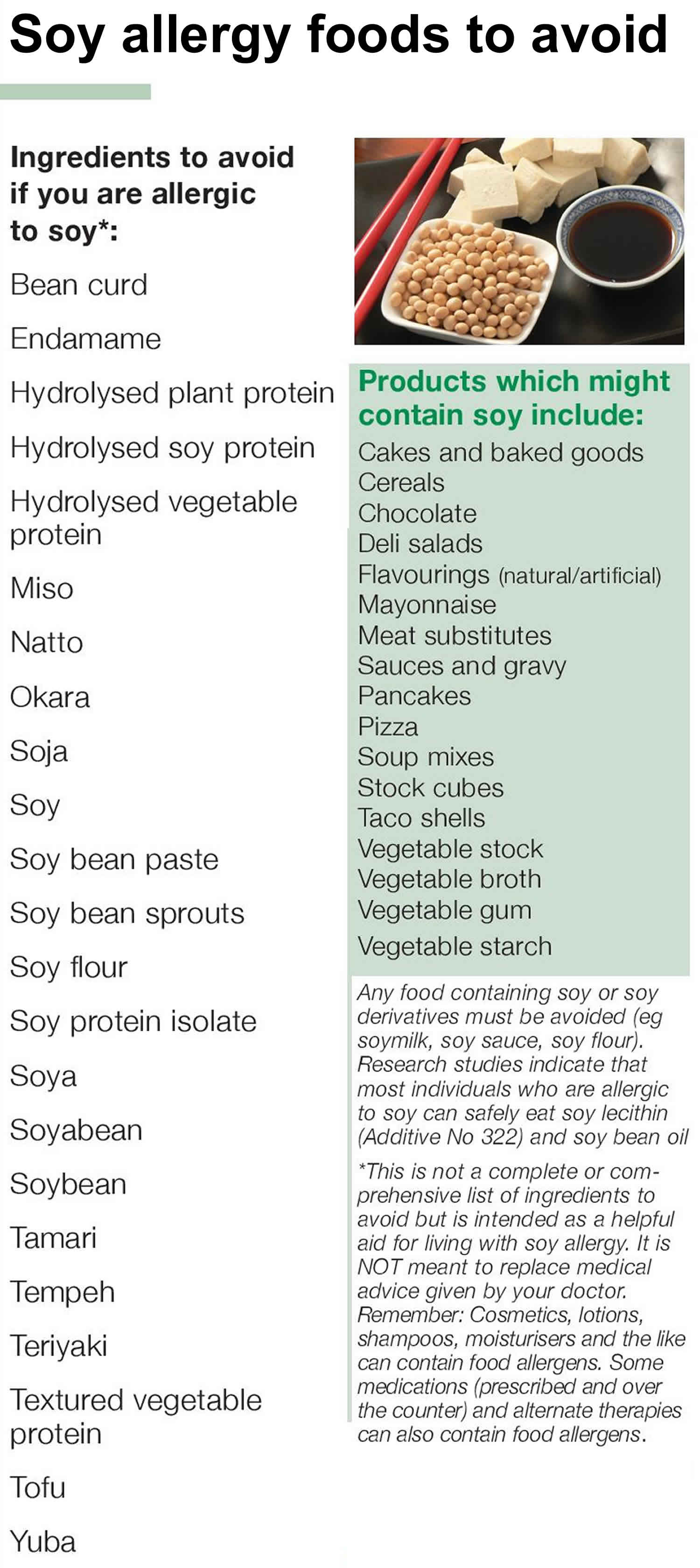 Soy Allergy Causes Symptoms Diagnosis Treatment
Soy Allergy Causes Symptoms Diagnosis Treatment
 Big 8 Food Allergies Handling Allergens At Your Restaurant
Big 8 Food Allergies Handling Allergens At Your Restaurant
 Chapter 15 Nutrition From Infancy To Adolescence Ppt Download
Chapter 15 Nutrition From Infancy To Adolescence Ppt Download
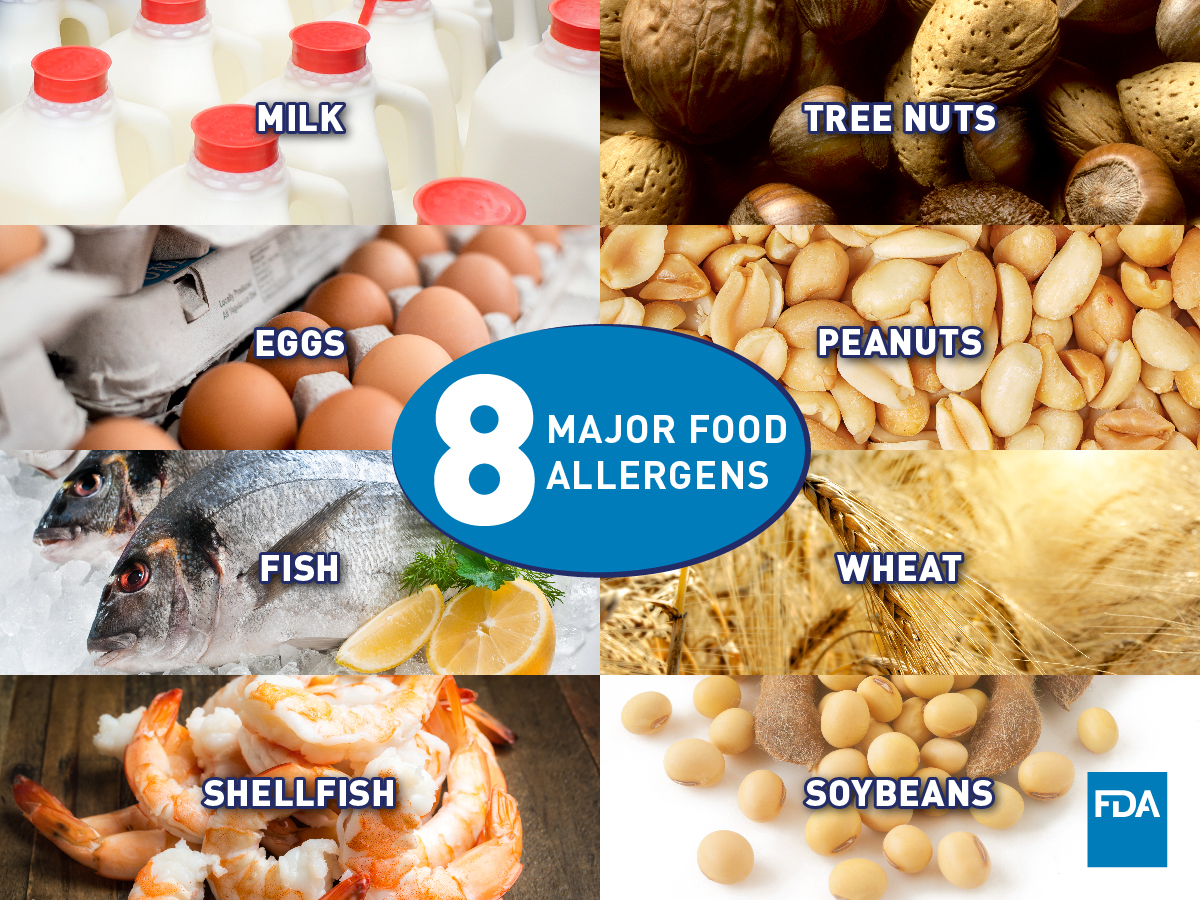
Comments
Post a Comment